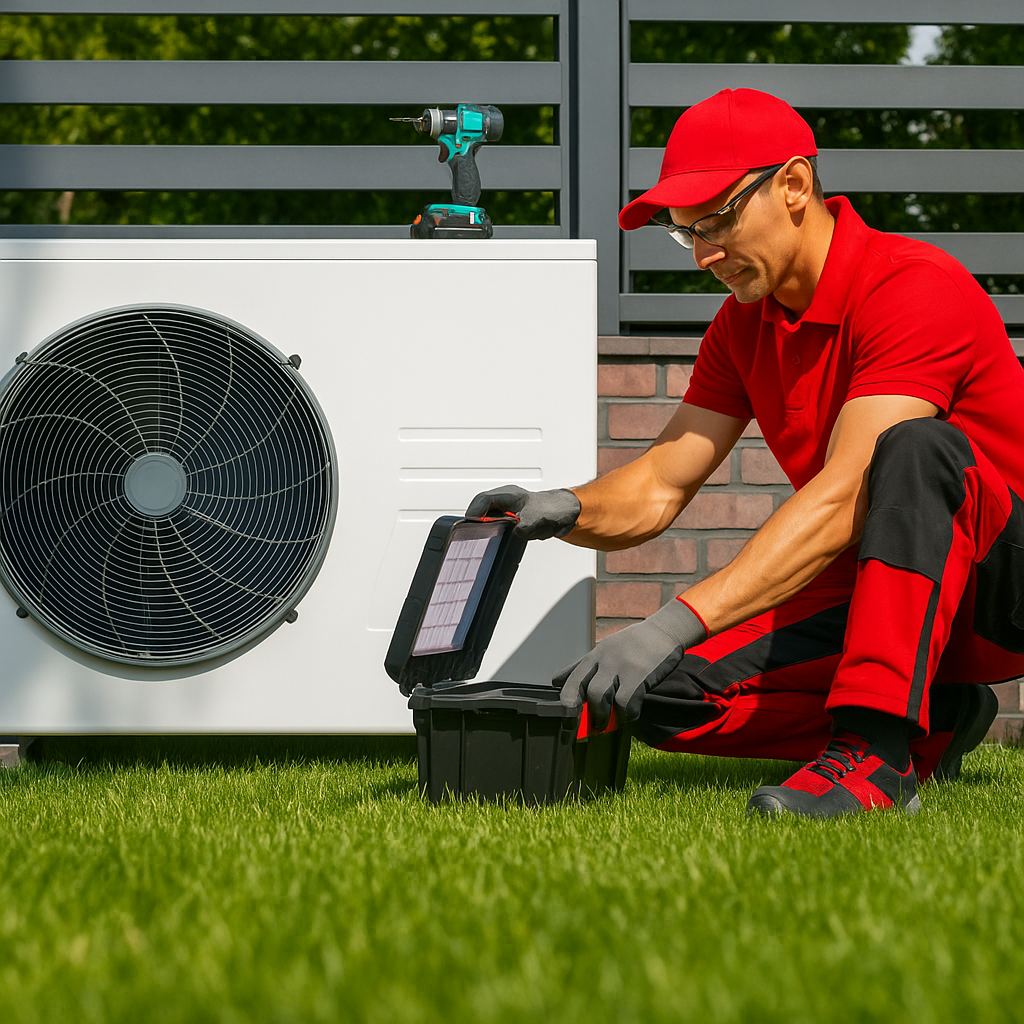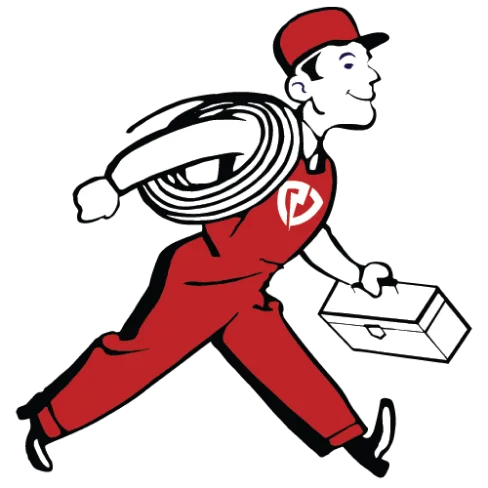Air Source Heat Pump systems provide sustainable heating and cooling solutions, but efficiency depends greatly on correct usage and ongoing maintenance practices.
Understanding How Your Air Source Heat Pump Operates
An Air Source Heat Pump works by transferring heat between the outside air and your home, depending on the desired indoor temperature. It utilizes a refrigeration cycle that compresses and expands refrigerant to either absorb or release heat effectively across seasons. This process allows heat pump systems to deliver consistent comfort while consuming significantly less energy than traditional systems. With minimal energy input, it can extract heat even from cold air, making it highly efficient in moderately cold climates. In warmer months, it works in reverse, transferring indoor heat outdoors to keep your home cool and comfortable throughout summer. Air source heat pump efficiency makes it one of the most energy-saving heating and cooling solutions for modern homes.
Benefits of Maintaining
Routine maintenance ensures that your Heat Pump maintains efficiency, preventing unnecessary energy waste and reducing operational costs. Clean filters and coils improve airflow and heat transfer, which directly boosts the system’s ability to heat or cool effectively.
Lubricating moving parts and cleaning ductwork reduces wear and tear, helping your heat pump operate smoothly and silently. Heat pump optimization improves energy efficiency, ensuring your system uses less power while delivering maximum heating and cooling performance.
By addressing minor issues early, you avoid major breakdowns, extending the overall lifespan of your Heat Pump system. Maintenance checks also guarantee indoor comfort levels remain stable, avoiding hot or cold spots that often result from neglected systems.
Routine Maintenance Tips
Clean or Replace Air Filters Regularly
Dirty filters block airflow and reduce your Heat Pump’s ability to heat or cool your home efficiently. Check your filters monthly and replace them when necessary to maintain indoor air quality and system performance. Clogged filters make the system work harder, increasing energy consumption and potentially damaging other internal components.
High-efficiency filters should be used if allergies are a concern or if your environment contains excess dust and debris. Routine filter replacement also ensures fewer allergens are circulating inside your home, improving overall health and comfort.
Inspect and Clean Indoor and Outdoor Coils
Both coil types are vital for heat exchange, and dirt accumulation limits your Heat Pump’s thermal transfer capacity. Use a soft brush or coil cleaner to gently remove buildup, avoiding damage to the fins or refrigerant lines. Keep nearby vegetation trimmed and maintain clear space around your outdoor unit for improved airflow and performance.
During peak usage seasons, coil inspections every two months can prevent sudden drops in heating or cooling efficiency. Dirty coils can also cause ice formation or system shutdowns, which drastically reduces your heat pump’s operational life.
Check Refrigerant Levels and Thermostat Calibration
Low refrigerant levels mean your Heat Pump cannot move heat effectively, causing long runtimes and poor temperature control. Have a professional technician measure refrigerant pressures and inspect for leaks during seasonal tune-ups or when performance drops.
Thermostats must be calibrated to maintain accurate temperature readings and trigger system functions at the appropriate time.
Replace old batteries or upgrade to a programmable thermostat to reduce energy waste and increase comfort with customized scheduling. Smart thermostats offer enhanced control and tracking, helping you manage usage habits and reduce energy bills over time.
Also Read: How to Maximize Efficiency with Your Air Source Heat Pump
Seasonal Maintenance Checklist for Maximum Efficiency
Spring and Summer
Clear leaves and twigs from your outdoor unit, and inspect coils for buildup accumulated during winter’s harsh conditions. Ensure at least two feet of clearance around the unit and test cooling modes for effective startup before summer begins. Monitor airflow by walking through your home and checking vent output—low airflow could indicate duct blockages or filter issues.
Clean condensate drains to prevent water buildup, mold growth, or internal damage from leaking condensation in humid conditions. Schedule professional maintenance during spring to catch early wear signs and prepare your Heat Pump for peak demand.
Fall and Winter
Before winter, test your heating system to confirm all rooms receive warm airflow and no cold spots exist across your home. Clean ducts and vents to eliminate blockages and dust buildup, ensuring warm air circulates freely and evenly. Check fan motors and lubricate any moving components that might generate noise or drag when operating in cold conditions. Replace filters more frequently in winter, especially if your heat pump is running daily to combat freezing outdoor temperatures. Wrap outdoor unit pipes in insulation to reduce heat loss and protect them from freezing during extremely cold weather conditions.
Why Professional Servicing Is Still Essential
Neglecting air source heat pump service can lead to increased energy bills and unexpected system breakdowns during peak seasons. Even with diligent DIY care, scheduling annual professional service ensures your Air Source Heat Pump stays in peak condition. Certified HVAC technicians test refrigerants, inspect electrical systems, and run full diagnostics to detect issues not visible to homeowners.
Professional maintenance includes coil deep cleaning, airflow calibration, and refrigerant recharging, all vital for long-term system reliability. Technicians also update software in smart thermostats, enhancing efficiency and ensuring compatibility with new energy-saving protocols.
Annual inspections catch potential issues early, minimizing expensive repair bills and avoiding emergency service calls during extreme weather events.
Final Thoughts
Maximizing efficiency with your Air Source Heat Pump involves a proactive approach to cleaning, inspecting, and tuning the entire system. Regular maintenance ensures lower utility bills, consistent indoor comfort, and fewer costly breakdowns throughout the year. Seasonal care prepares your system to handle both heating and cooling demands, protecting your investment in long-term sustainability. Clean filters, calibrated thermostats, and debris-free units significantly enhance performance and reduce unnecessary energy consumption. Commit to regular upkeep and partner with HVAC professionals to enjoy reliable, efficient climate control from your Heat Pump.
“Don’t wait for your heat pump to break down—book a professional maintenance check and keep your system running efficiently all year!”


